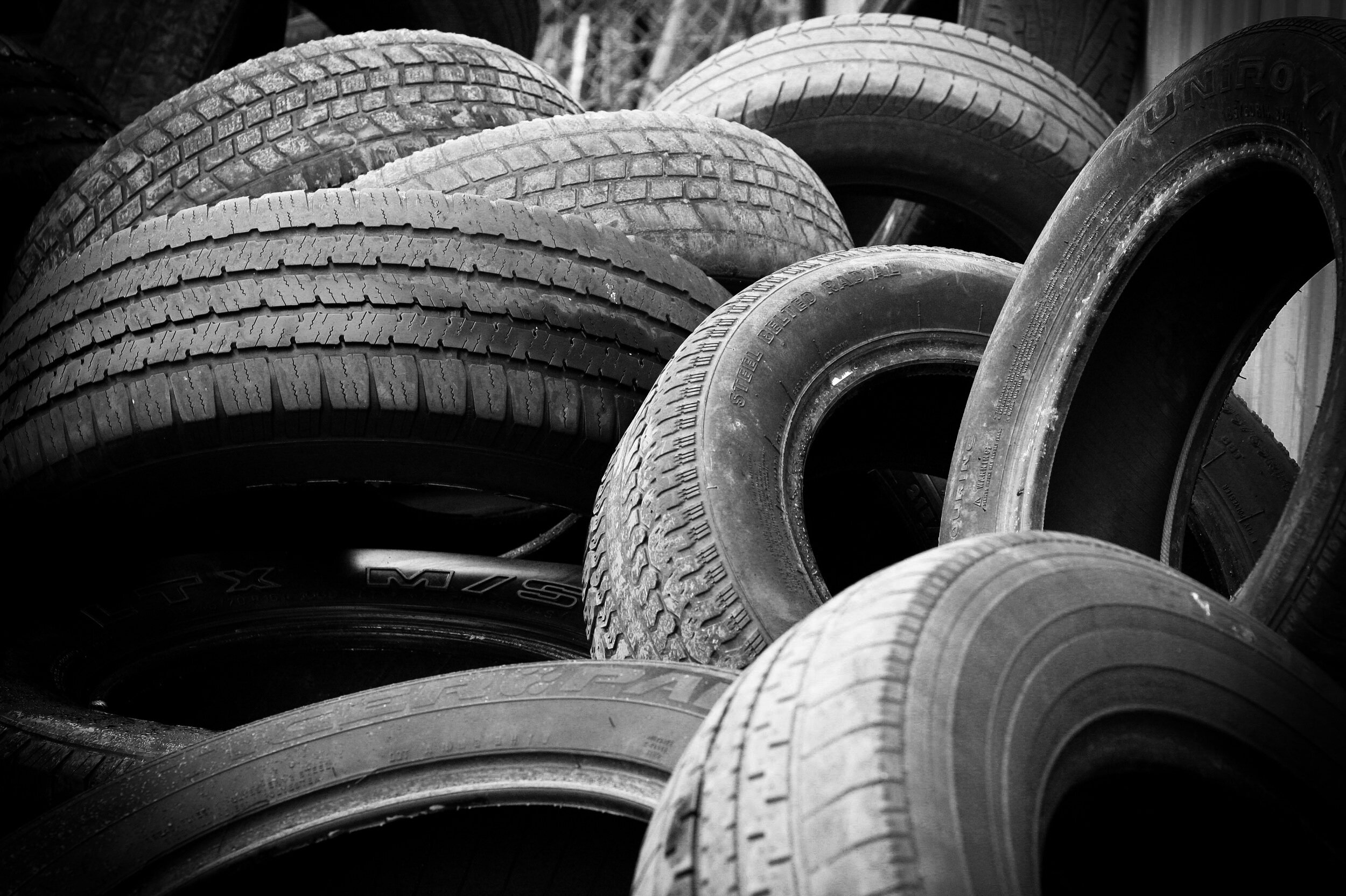
We are JA recycling: we specialize in using state of the art pyrolysis equipment to efficiently convert waste rubber into re-usable end products in an environmentally friendly manner.

The Current Challenge
Thousands of individuals in the informal sector are engaged in tyre recycling activities: picking, processing and trading recyclables from waste. A minor percentage of tyres is used to produce shoes, rope and other materials. However, a much larger percentage is burnt to separate steel from rubber, which is then sold to scrap traders.
Open air burning of these tyres results in the emission of hazardous gases such as mercury, hydrogen chloride, sulphuric acid, dioxins, fluorides and particulates that can damage human health.
These gases not only affect those within close proximity to the burning activity, but spread far and wide to cover a significant range and linger thereafter.

Waste Tyre Generation in Kenya (%)
50,000 Tonnes (2011)
The Kenyan Environmental Management and Coordination Regulations for waste management have already been enacted in 2006, but they do not specifically address the treatment and disposal of waste tyres. There are indeed no such established and certified methods across East Africa.

Our Solution: Pyrolysis
JA Recycling Ltd is using state of art pyrolysis equipment to efficiently convert waste rubber into re-usable end products in an environmentally friendly manner. Pyrolysis is a thermochemical decomposition of organic material at elevated temperatures in the absence of oxygen (or any halogen). It involves the simultaneous change of chemical composition and physical phase, and is irreversible. It is a process of molecular breakdown where larger molecules are broken down into smaller molecules. Pyrolysis converts waste plastic and tyres into Pyrolysis oil, Carbon black and hydrocarbon gas.

The Process
Step 1
The scrap rubber will decompose into oil gas when heated to 160C in an oxygen free reactor
step 2
Waste gas is processed in the emissions scrubber to release clean air back into the atmosphere
step 3
Crude oil impurities are filtered through the gas separator and liquid crude oil is delivered to tanks to store.
The exhaust gas from the crude oil is re-used as fuel to heat up the reactor

“It is estimated that in Kenya about 2 million waste tyres have either been burnt haphazardly, dumped, destroyed or re-used by methods that pollute air, soils and ground water in 2012.”
Deutsche Gesellschaft für Internationale




